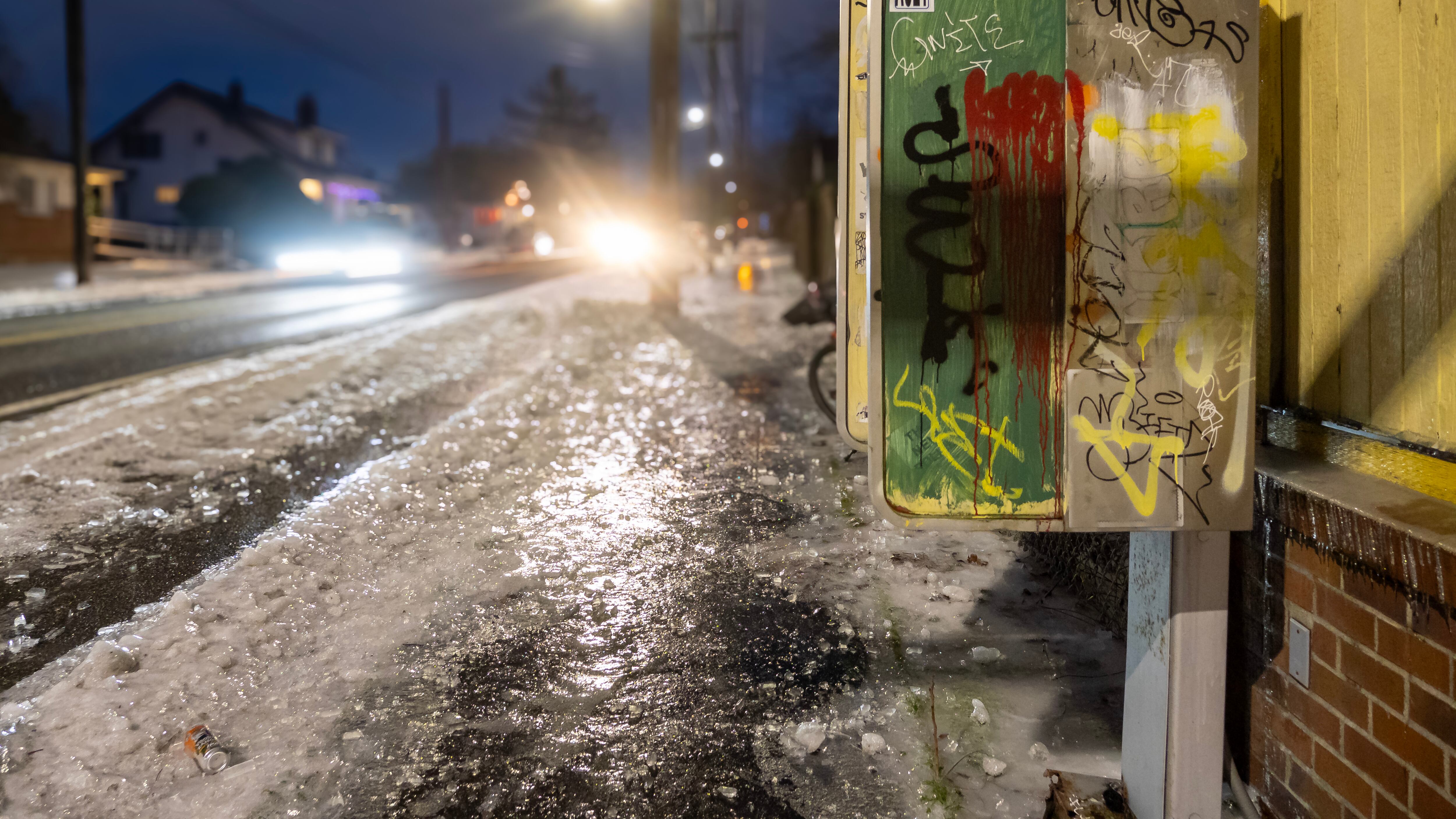STUDY SHOWS PSYCH BED DEFICIT: A new study released Jan. 24 by the nonprofit Arlington, Va.-based Treatment Advocacy Center provides national context for Oregon’s shortage of beds for people who have been civilly committed because they are a danger to themselves or others. Oregon offers fewer beds per capita to such patients than all but three states (Arkansas, Maryland and Missouri, all of which offer none). Oregon has fewer than a quarter of the average number of beds in other states. That’s because virtually all of the state’s psychiatric beds are now allocated to forensic patients, who have either been found guilty of a crime but for insanity or deemed unable to assist in their own defense. In Oregon, civilly committed patients occupy just 7% of the state’s psychiatric beds, a far lower share than the national average. The reality is even worse because it’s harder to get court approval for a civil commitment in Oregon than in most states, so many people who might be committed elsewhere have not met the legal threshold here. The new report cites 2023 research by Dr. Joe Bloom, a professor emeritus of psychiatry at Oregon Health & Science University, that found the state’s failure to provide beds for civilly committed patients led to a worsening of their condition. “Neglecting civil commitment,” Bloom found, “may well have contributed to the competency to stand trial crisis in Oregon.”
PORTLAND POLICE BUREAU FACES WAVE OF RETIREMENTS: Mayor Ted Wheeler has been promising for years to hire more police officers. In September 2022, WW reported that the city’s 791 cops ranked Portland 48th among the country’s 50 largest cities in police per capita. Now, 16 months later, an aggressive hiring effort has paid small dividends. Portland still has only 791 cops, according to a January staffing report from the Portland Police Bureau. But Wheeler spokesman Cody Bowman pointed out that the problem isn’t that the bureau is failing to hire—it’s that so many cops are retiring. The bureau gained 61 officers last year, but lost 72. “Mayor Wheeler is grateful for the Portland Police Bureau’s ongoing hiring efforts, which continue to show success,” Bowman said. Capt. Brian Hughes gave city commissioners an overview of those efforts last November, which include advertisements at gyms and airport baggage claims, automated recruitment text messages, and practice rounds at the police training obstacle course. Meanwhile, Hughes said, the bureau is bracing for another wave of retirements: Another 130 cops will be eligible to retire this November.
CITY AND COUNTY SPAR OVER SEVERE WEATHER SHELTERS: As the city froze under a sheet of ice last week, Multnomah County oversaw a dozen severe weather shelters across the city. But unlike in years past, the county did so with little help from the city of Portland. That’s because the city, under the terms of a Jan. 8 agreement between the two governments, will only staff warming and cooling shelters if the county pays for security guards. The city will also no longer provide rides to warming shelters for homeless Portlanders—that will be up to the county to coordinate. And that’s not all: The city and county last year couldn’t even agree on how to analyze their joint response to the 2022 winter snap, during which they opened warming shelters across Portland. Mayoral spokesman Cody Bowman says the county agreed to pay half of the $83,000 for an independent analysis but stopped participating soon after the consultant started work. It eventually paid only $9,000. County spokeswoman Julia Comnes tells it differently: The city never invoiced the county for 50% of the contract, she says. The dispute was a mirror image of what’s inside the report, which found that oversight of shelters was chaotic and poorly communicated: “The lack of clear statutory definition, executive directive, or strategic definition prevent establishing a foundation from which to build the rest of the response roles and responsibilities.”
ARCTIC OUTBREAK BOOSTS SNOWPACK: What a difference a week makes. Before last week’s cold snap, snowpack in the Cascades was running at little more than half of normal. After a week of snow, ice and freezing rain, the snow water equivalent topped 120% in the north and central Oregon Cascades, according to snow sensors monitored by the National Water and Climate Center. Oregon Department of Forestry lead meteorologist Pete Parsons included the data in his monthly forecast for the next three months, released Jan. 18. “We’ve had kind of a wild ride this winter,” Parsons says in a video that accompanied his forecast. It took just nine days, from Jan. 9 to 18, to go from drought to surplus. Absent another arctic outbreak, as the cold snaps are known, the state is likely to see lighter snowfall in the next couple months, Parsons says. He makes his forecasts by looking at surface sea temperatures, which determine much of the world’s weather, and searching for previous years with similar characteristics. Right now, we’re in a strong El Niño. Trade winds that blow from east to west have broken down, and warm water is streaming across the Pacific toward the west coast of South America. Usually, that means warmer temperatures and less precipitation in the Pacific Northwest. That’s likely to be the case for the next few months. “We’ll probably start to get deficits again,” Parsons says, “but it sure helped to get this big burst.” We could get another shock of arctic air, but chances are the best ski days are upon us.

